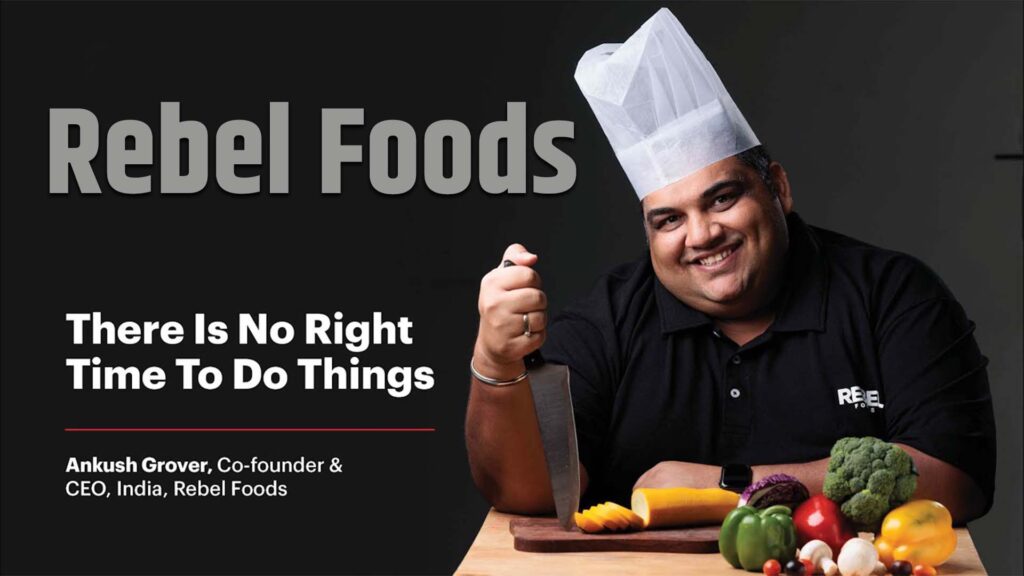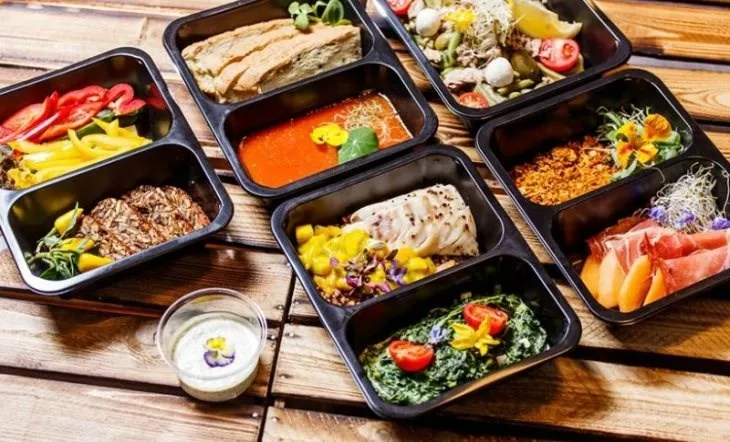Rebel Foods: Today, if you order from Faasos, Behrouz Biryani, or Oven Story Pizza, you might be ordering from the same company — and not even realize it.That company is Rebel Foods – a startup that built a food empire without any dine-in restaurants, purely through cloud kitchens across 1000+ cities. Let’s explore Rebel Foods’ business model, growth strategy, and how it’s become a leader of the FoodTech Revolution.
The Beginning of Rebel Foods

Rebel Foods started in 2011 under the brand Faasos.Founded by Jaydeep Barman and Kallol Banerjee, it initially operated as a wrap-focused quick-service restaurant (QSR).But by 2015, the company pivoted to an entirely cloud kitchen-based model.
Rebel Foods’ Business Model: One Kitchen, Multiple Brands Rebel Foods disrupted the traditional restaurant model.
Their strategy? Run multiple virtual brands from a single centralized kitchen.
Key Concepts:
Operate 10+ brands from one kitchen (e.g., Faasos, Behrouz Biryani, Sweet Truth, LunchBox, The Good Bowl, etc.)
No dine-in, only delivery
Advanced tech infrastructure: AI-driven order routing, smart menu engineering
Kitchen Operating System (KOS): Their proprietary tech platform that automates the entire kitchen operation
Read more at:- 5 Powerful Business Models of Starlink: How SpaceX is Connecting the World to the Internet
Global Expansion: “Cloud Kitchen as a Service”

Rebel Foods is no longer limited to India.They’ve expanded to countries like UAE, UK, Indonesia, and more. They also launched a platform called Rebel Launcher, which allows restaurant brands to plug into Rebel’s kitchen network.
Example: They brought Wendy’s to India through this model.
Revenue & Funding Journey
| Year | Funding Round | Amount Raised | Valuation |
|---|---|---|---|
| 2015 | Series B | $30M | $120M |
| 2019 | Series D | $125M | $525M |
| 2021 | Series F | $175M | $1.4B+ (Unicorn) |
Investors Include:
- Sequoia Capital
- Coatue Management
- Qatar Investment Authority
- Goldman Sachs
COGS vs Profit Model
In a cloud kitchen setup, costs like rent, staff, and maintenance are significantly lower than traditional restaurants.
Each brand targets a specific niche (e.g., Behrouz targets premium biryani lovers).
Higher order frequency = better margins
They don’t run in-house delivery — they collaborate with Zomato, Swiggy, etc.
Read more at:- 5 Reasons Why NVIDIA Became the Powerful King of the AI World
Challenges Faced by Rebel Foods:
- Strong competition from Swiggy Access, Zomato Kitchens, and players like Biryani By Kilo
- Customer retention in a crowded food delivery space
- High logistics dependency
- Maintaining consistent food quality across 500+ kitchens
Future of Rebel Foods
By 2025, Rebel Foods aims to:
- Operate in 50+ countries
- Expand to 5000+ cloud kitchens
- Transform KOS into a SaaS product for restaurants globally
- Become India’s first full-scale Food Operating System
Rebel Foods proved you don’t need a physical restaurant to sell food at scale.
With just technology, strategy, and execution, food delivery can be both scalable and profitable.
Read more at:-
Multi-brand strategy
Tech-powered kitchens
Global-scale vision
This Company is not just a kitchen company — it’s leading a food-tech revolution.
For more such powerful startup business models, stay connected with MarketNeon!









1 thought on “How Rebel Foods Became the World’s Largest No. 1 Cloud Kitchen Company”